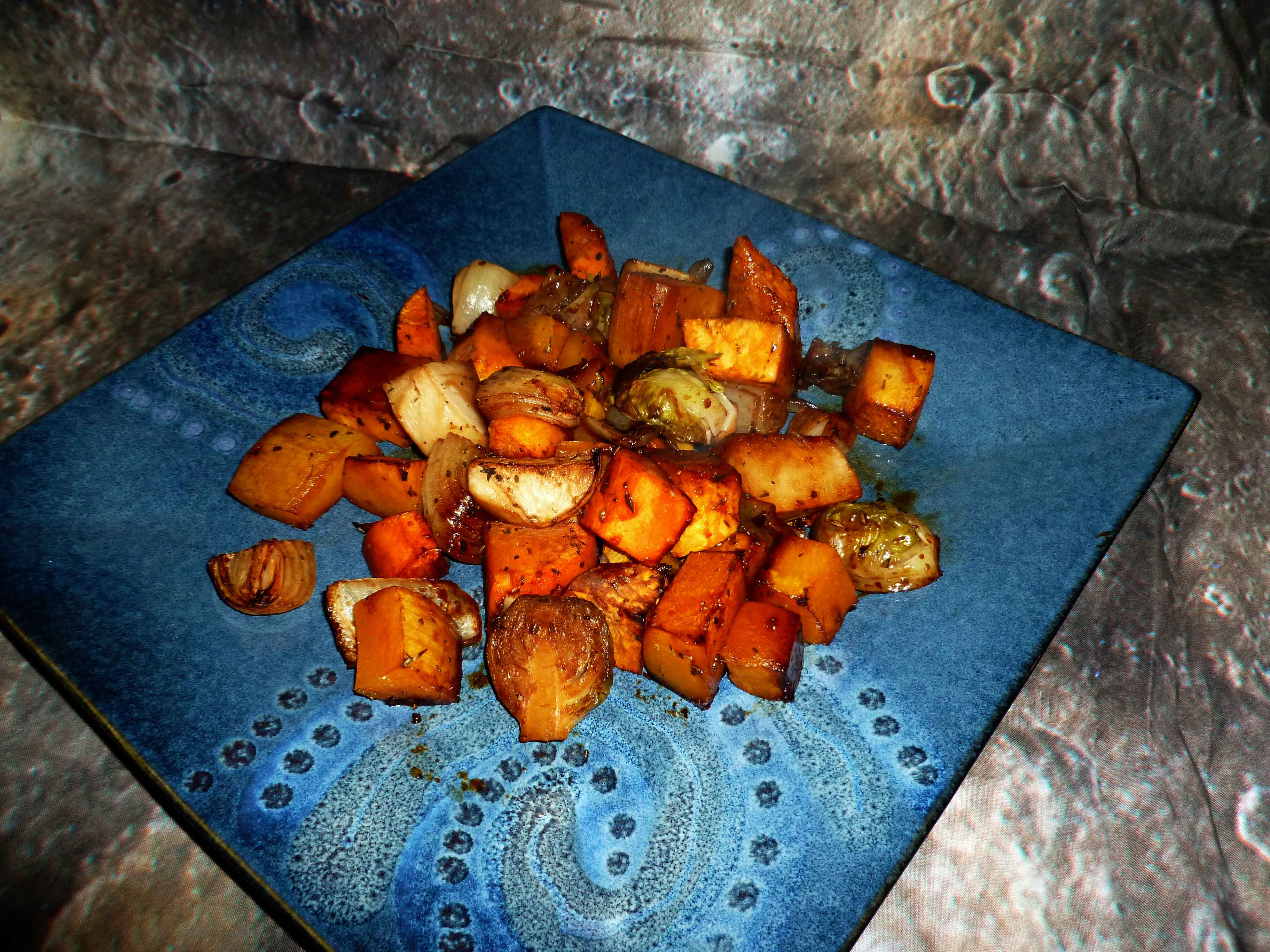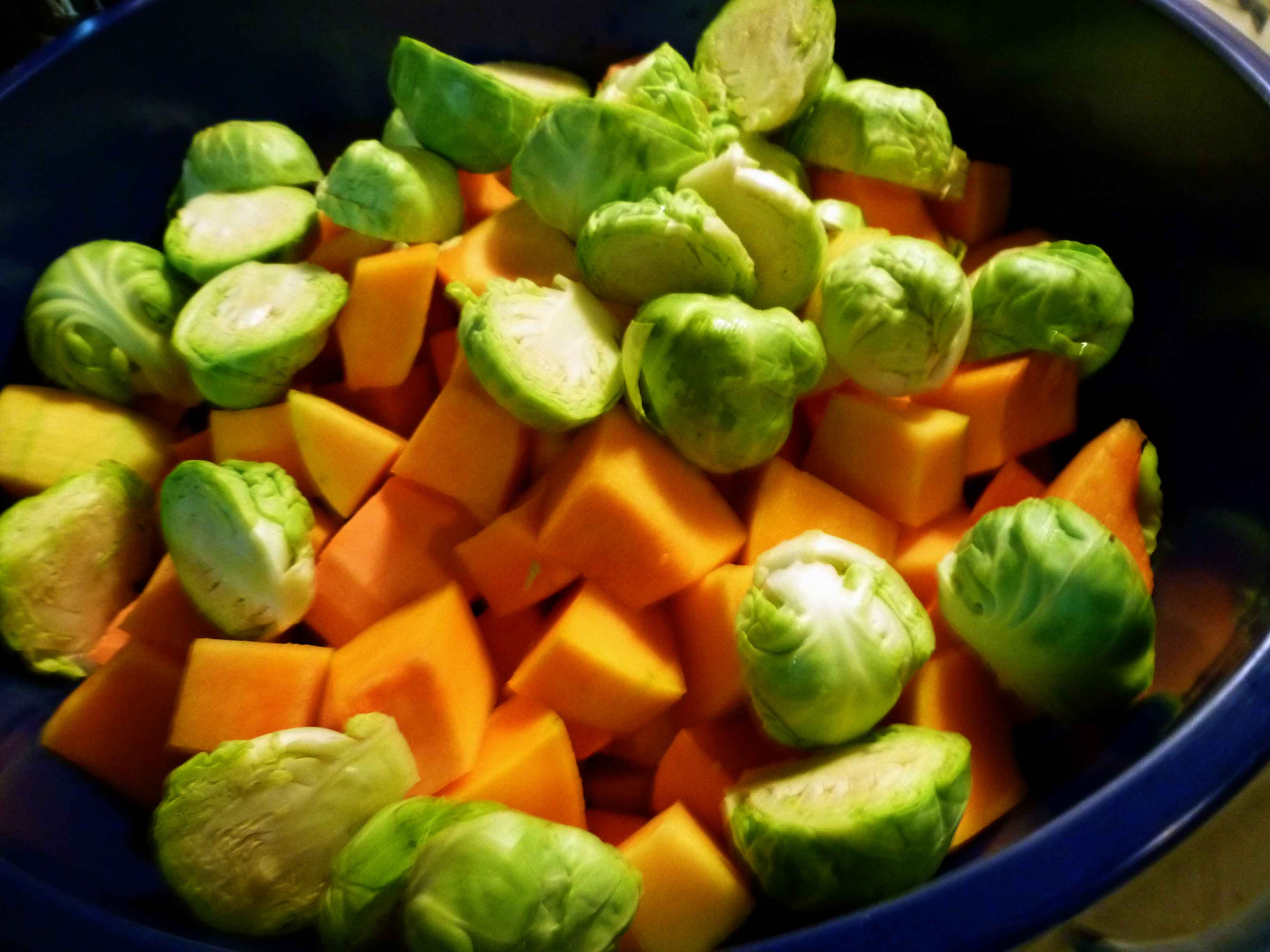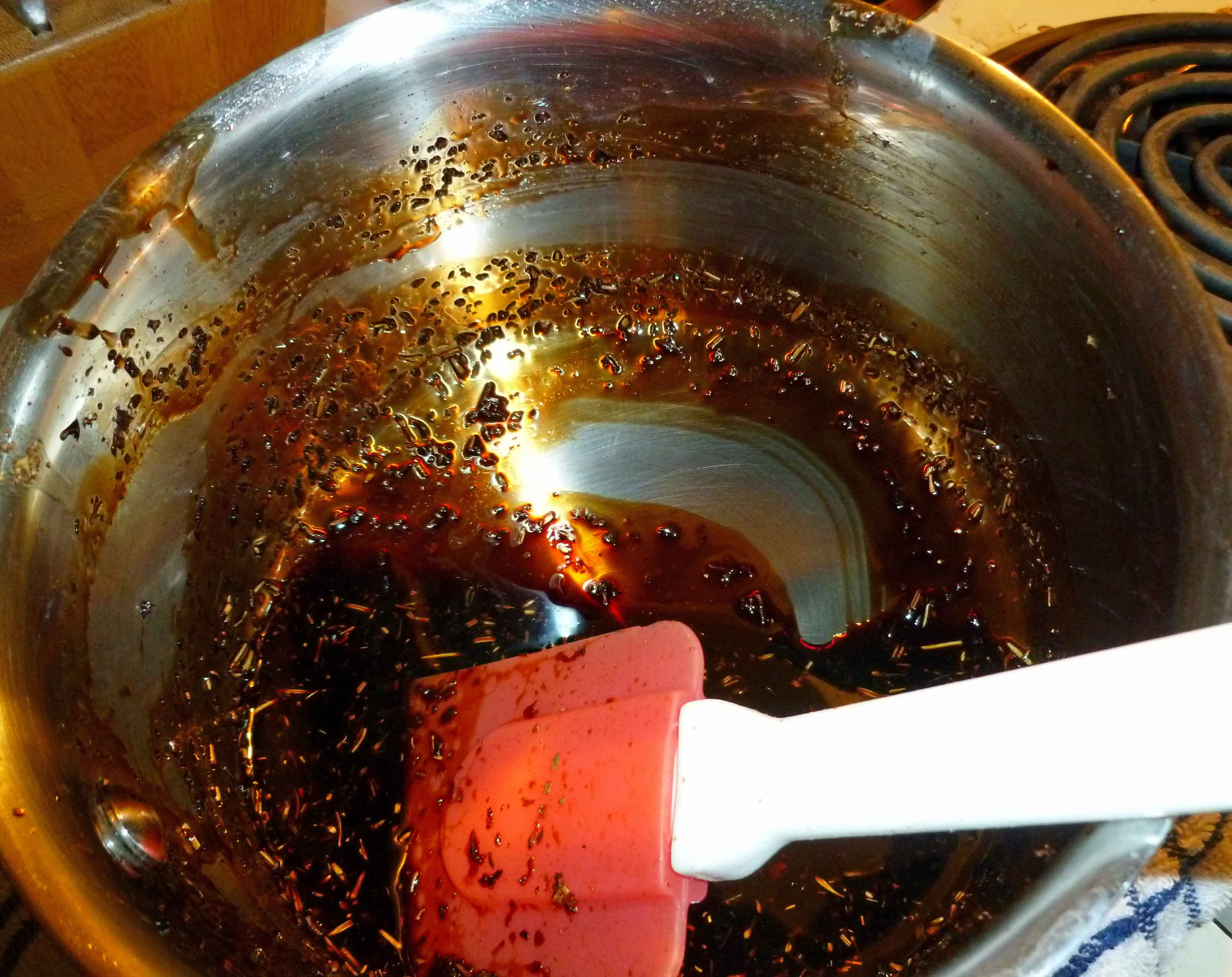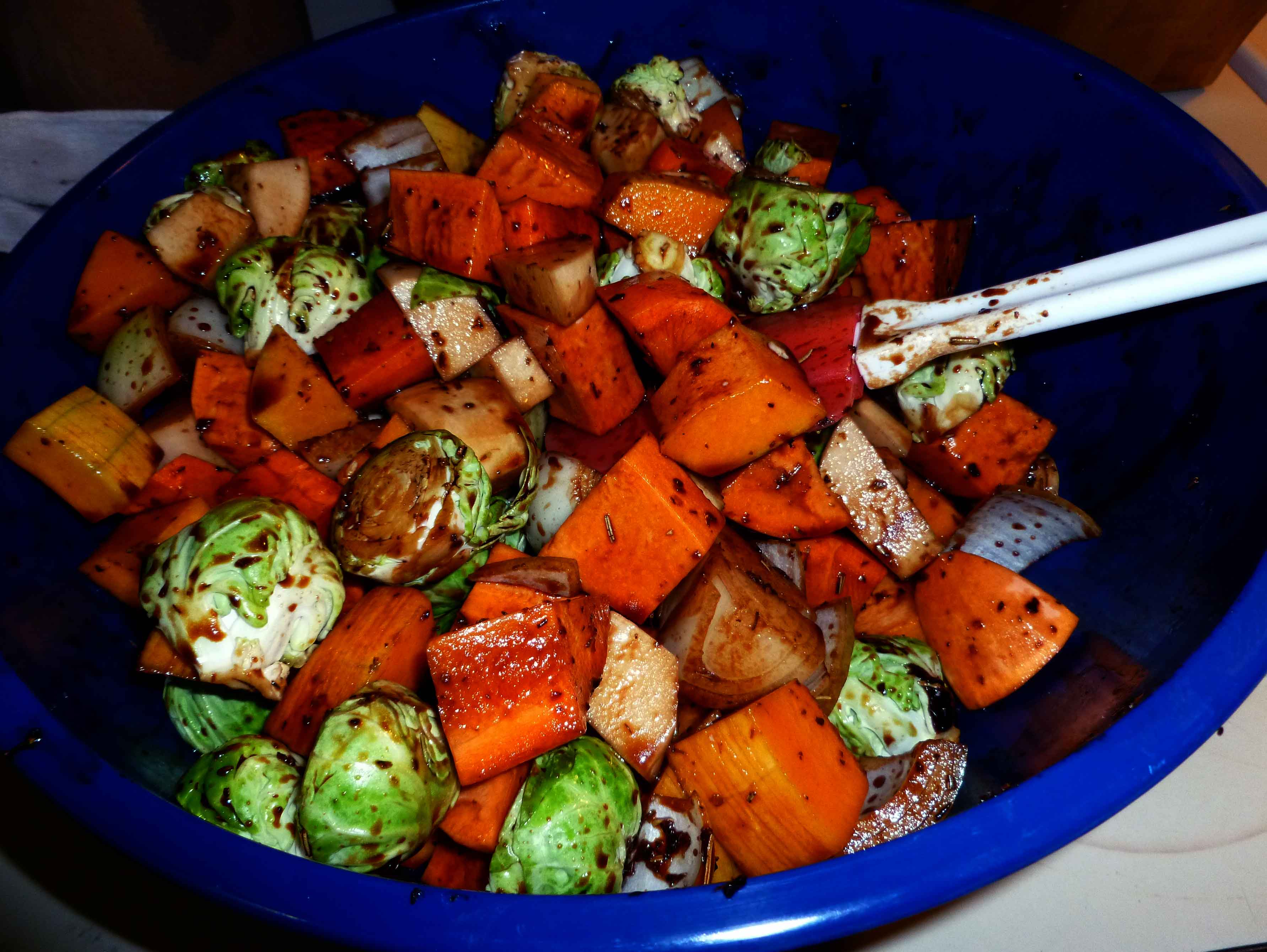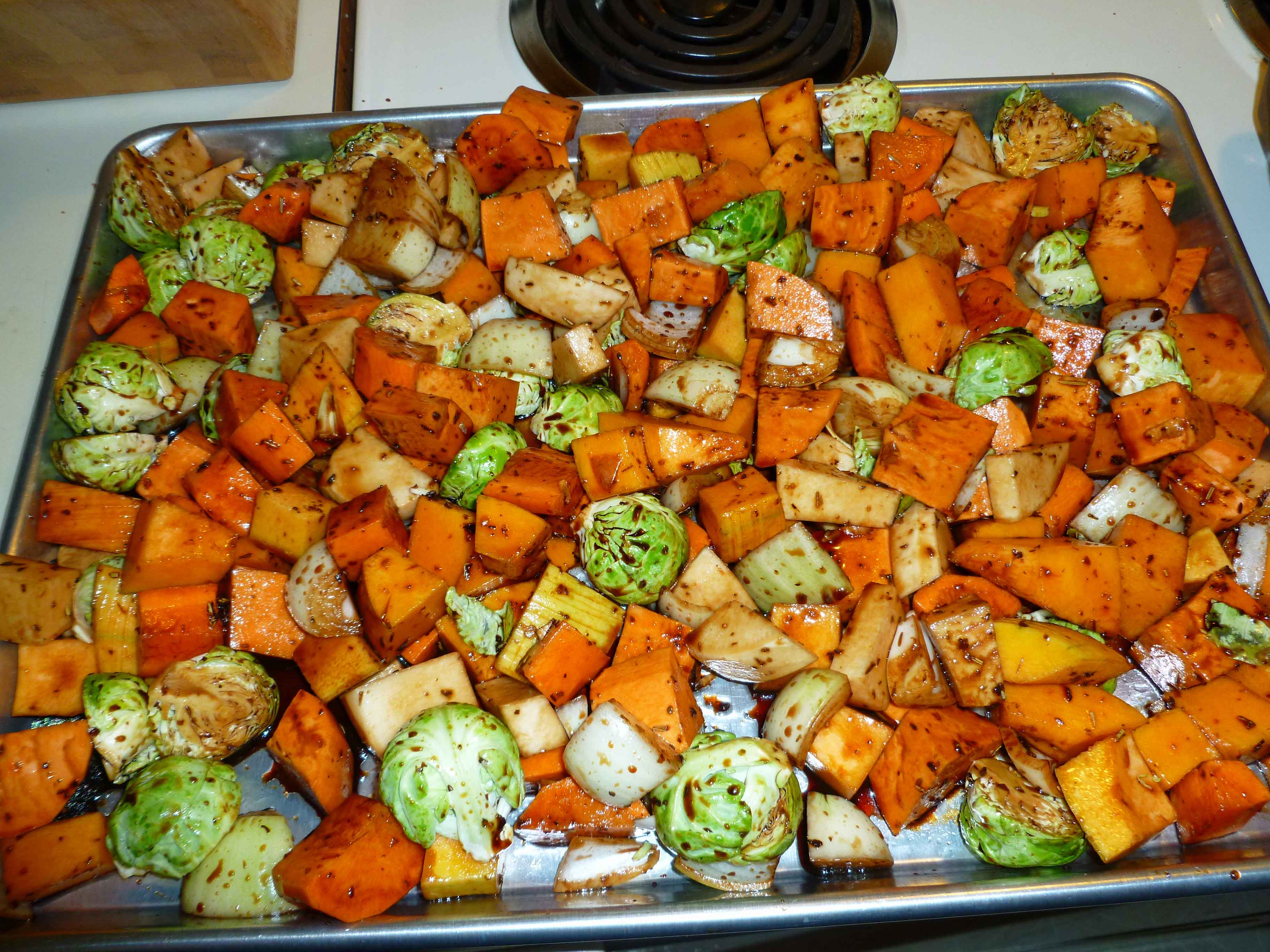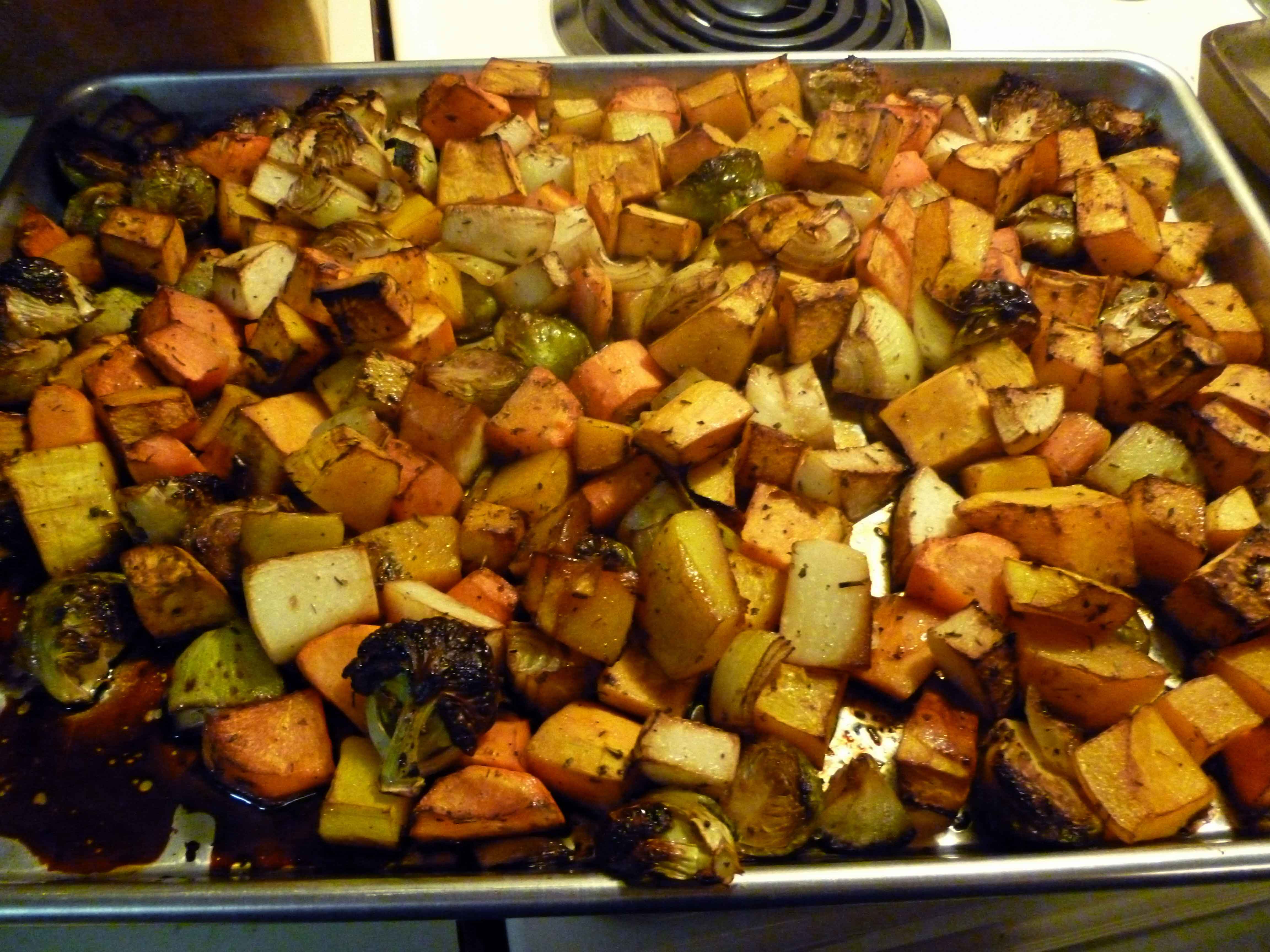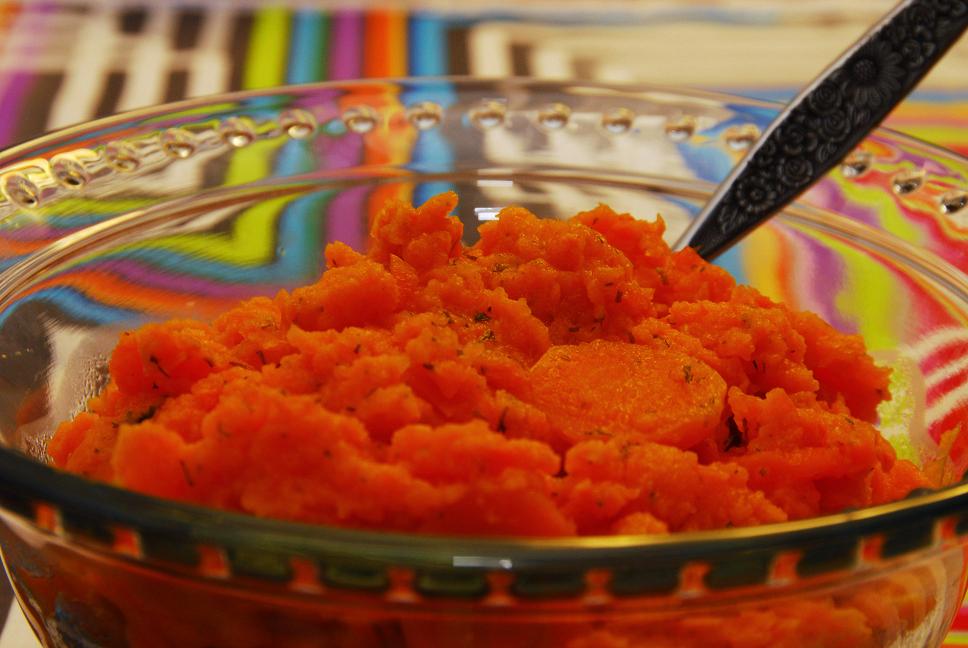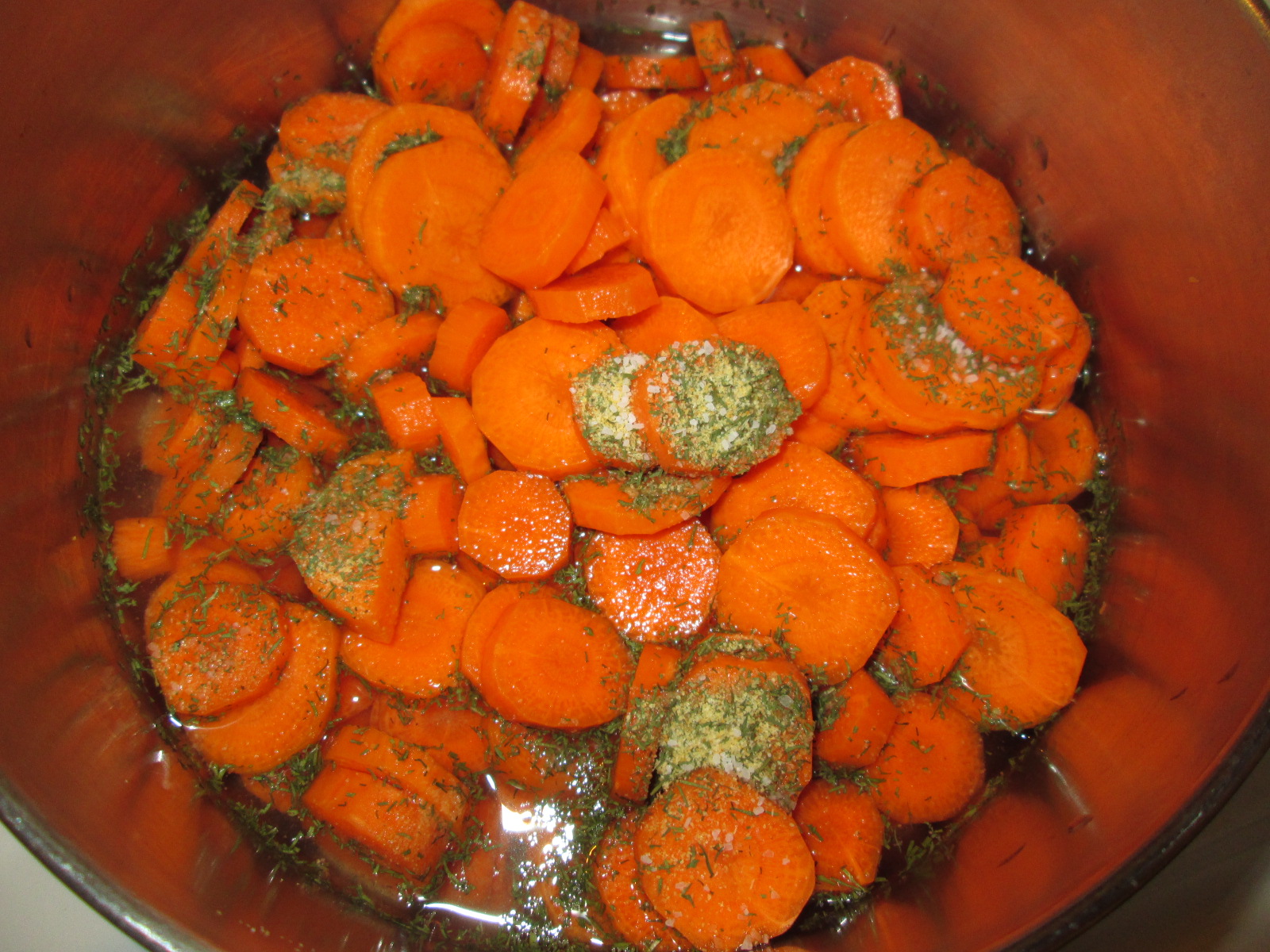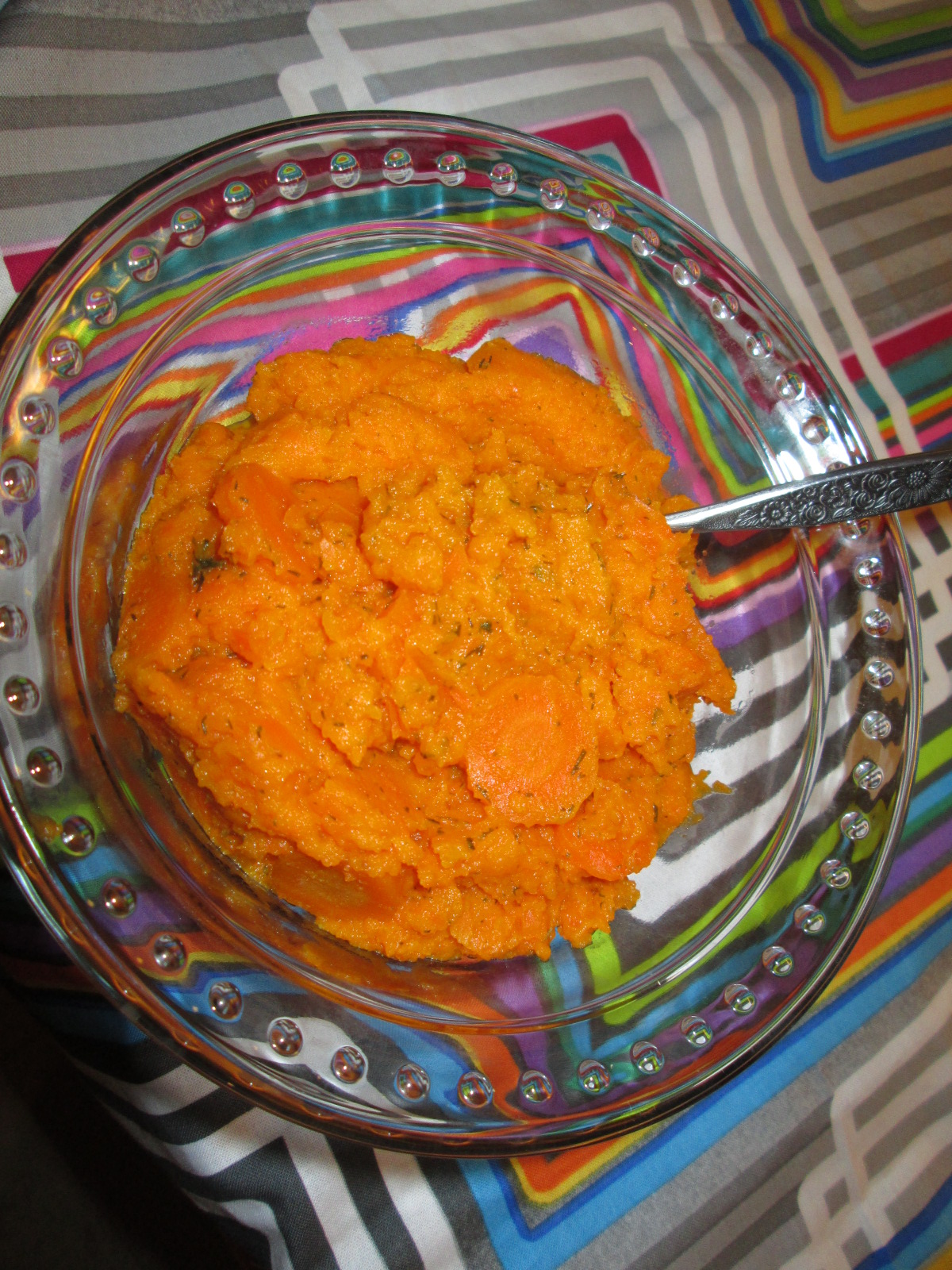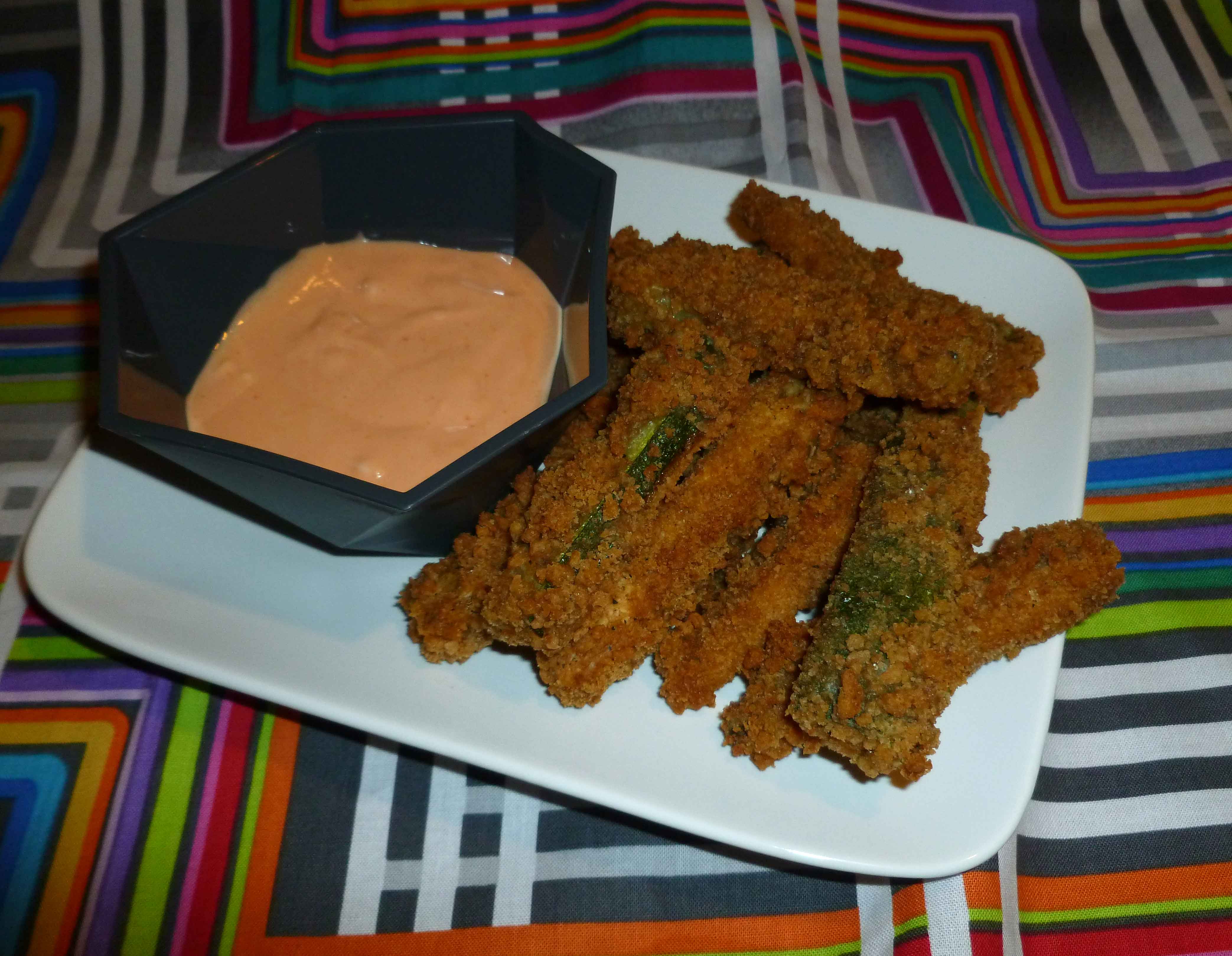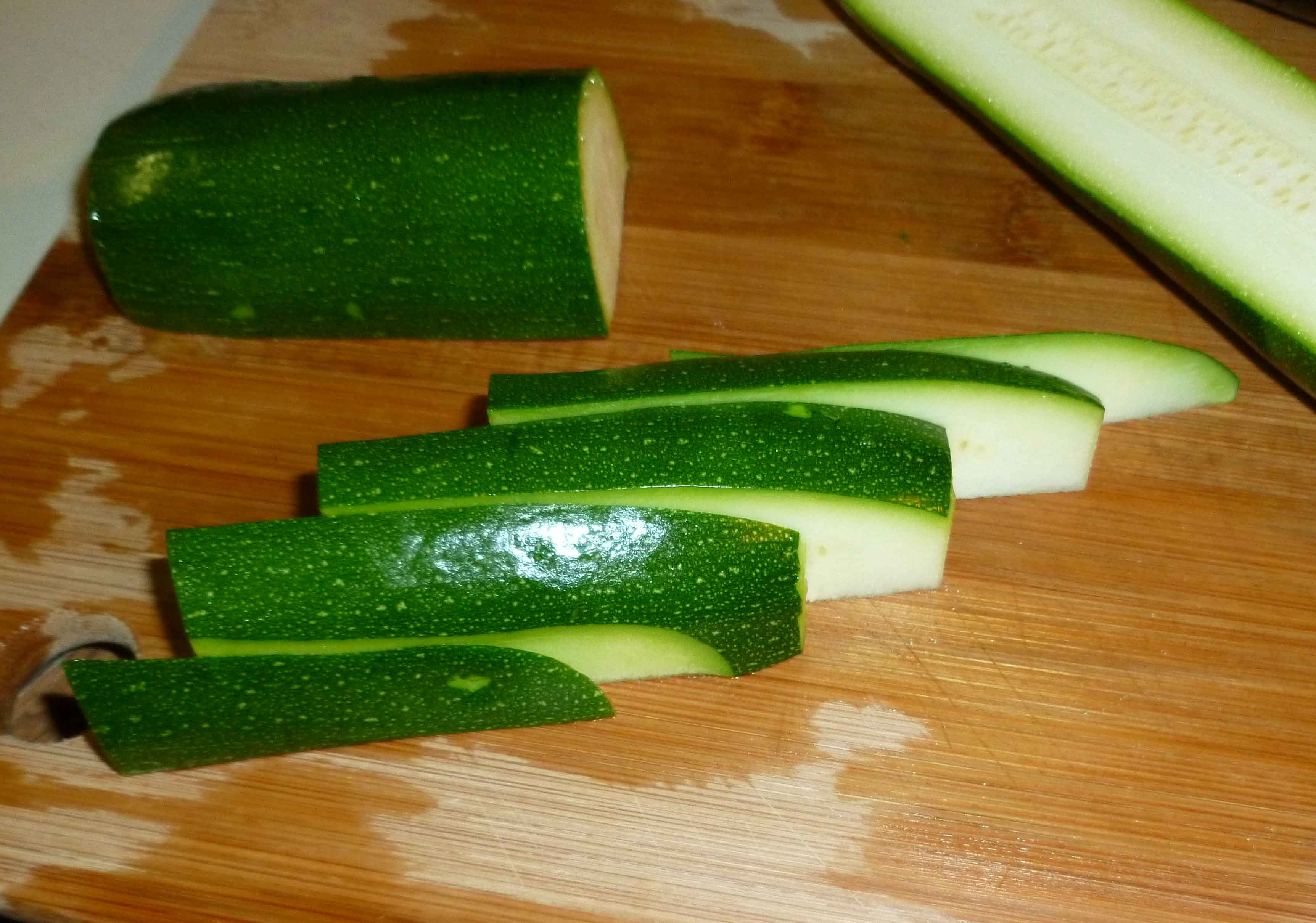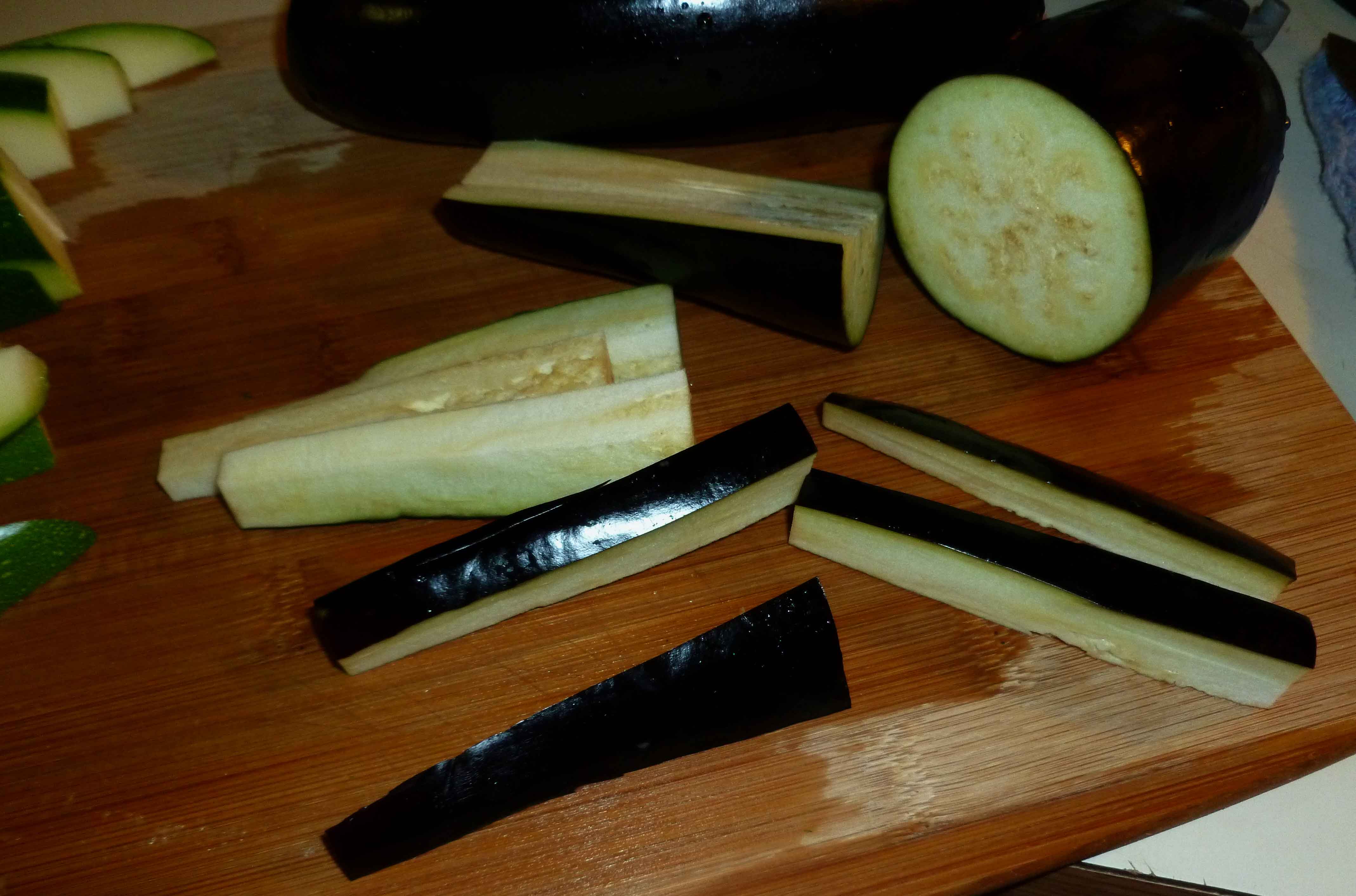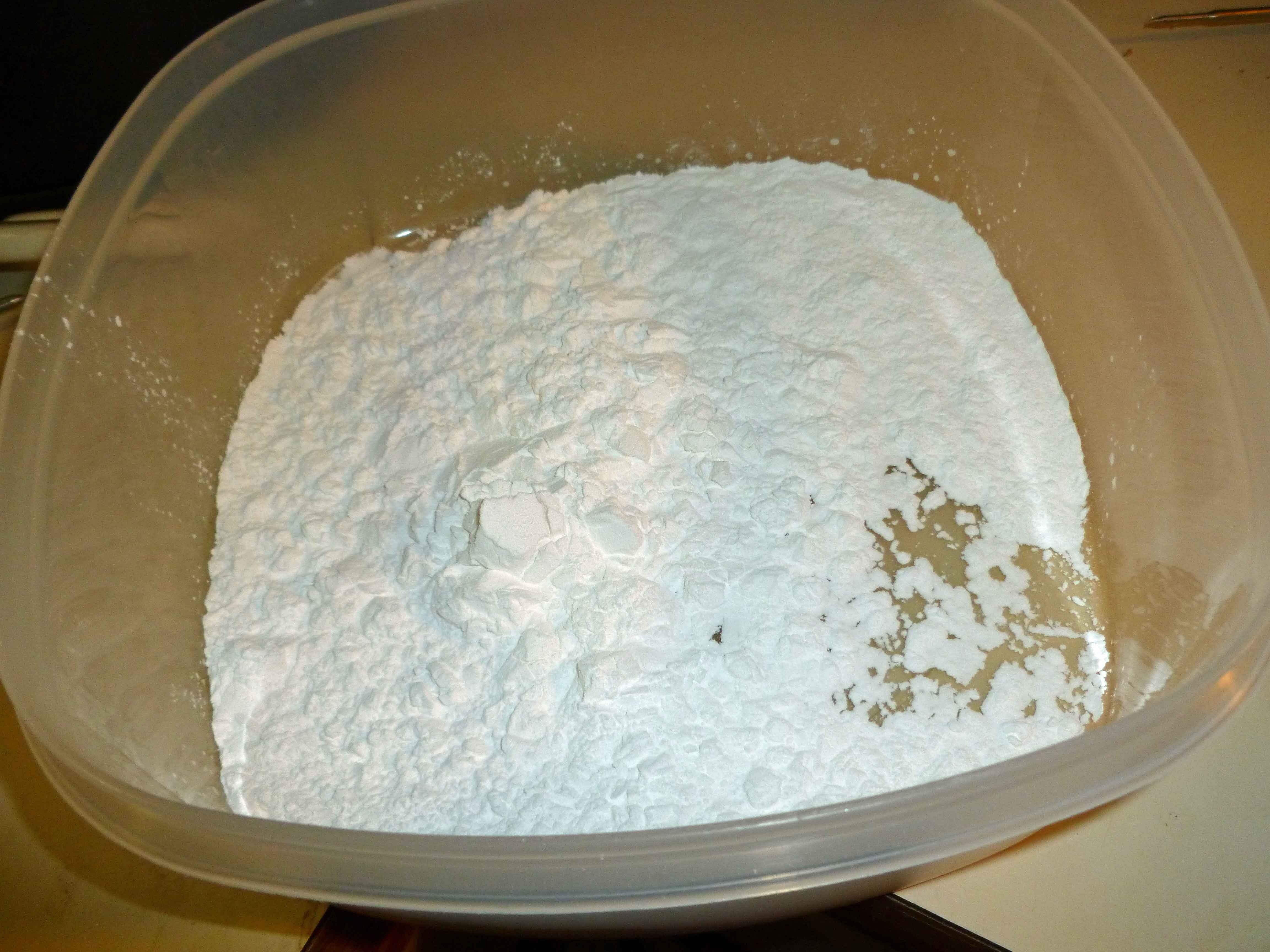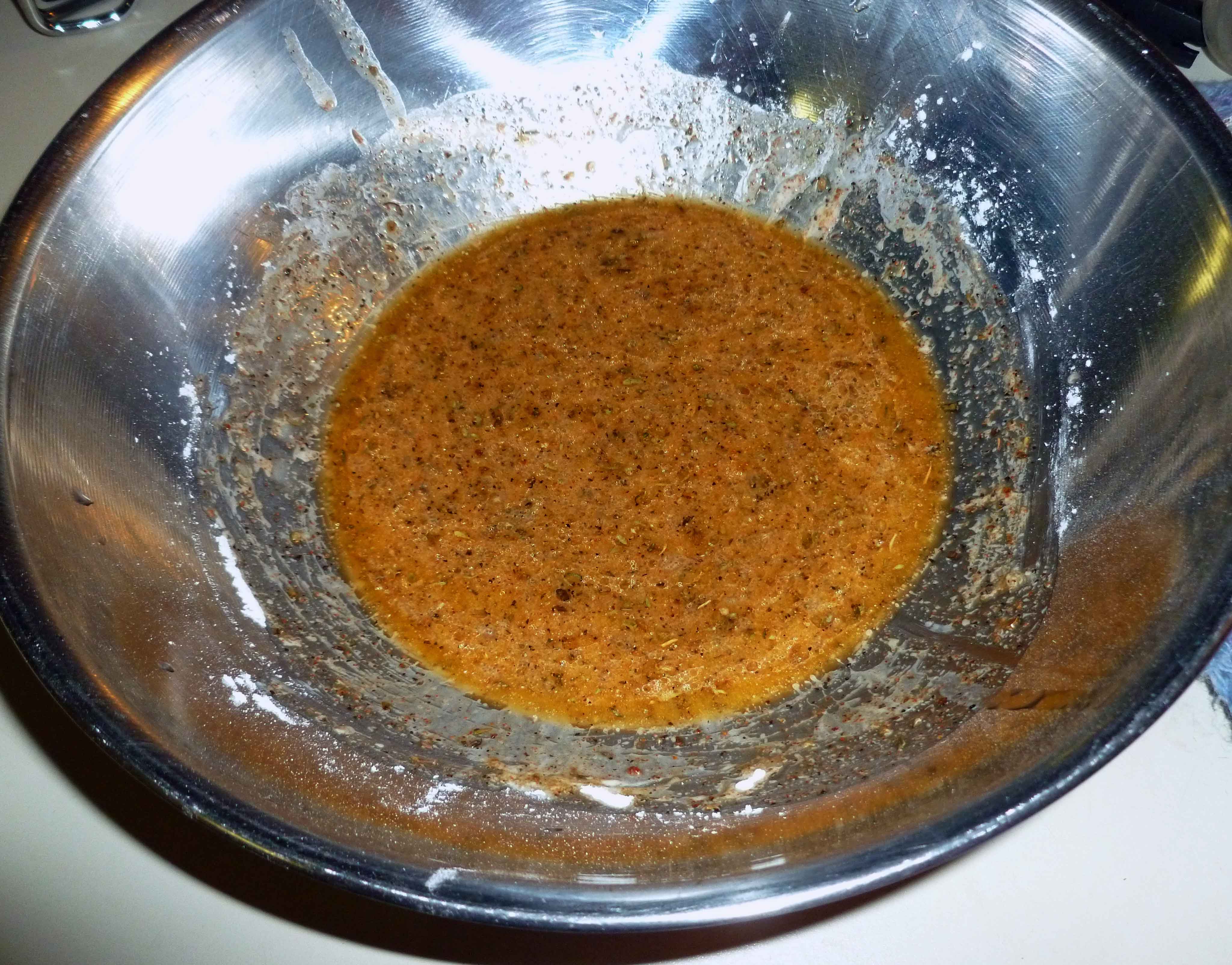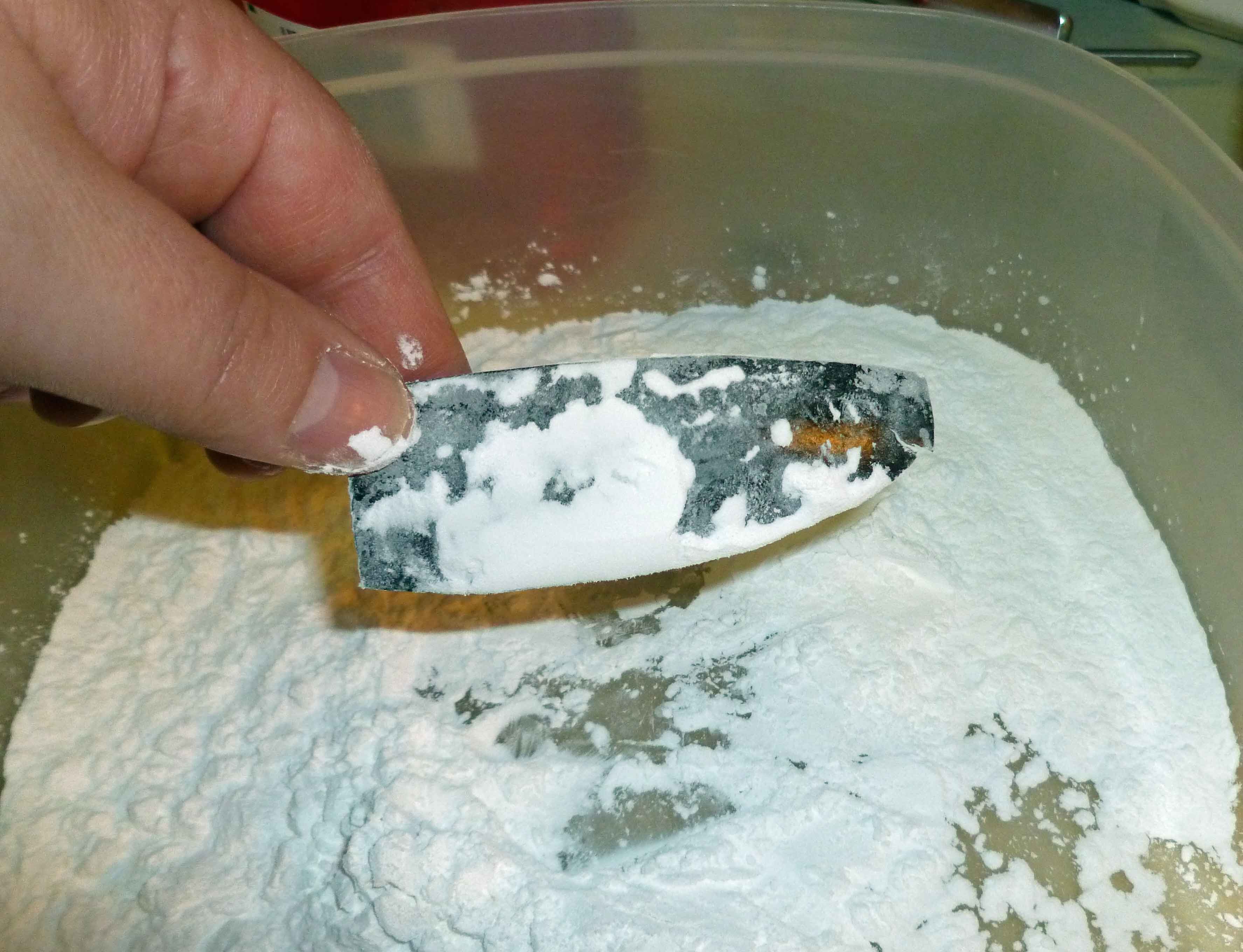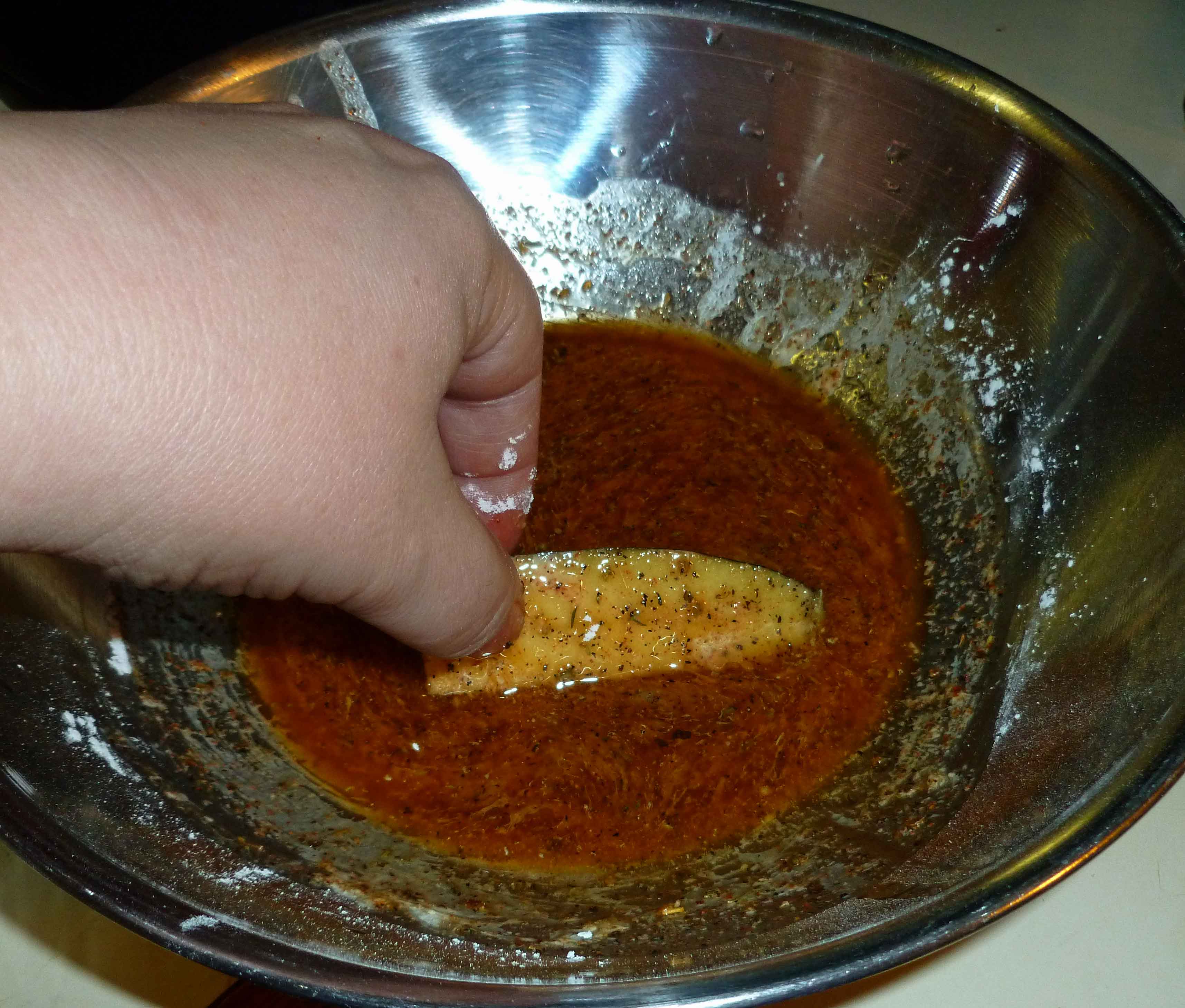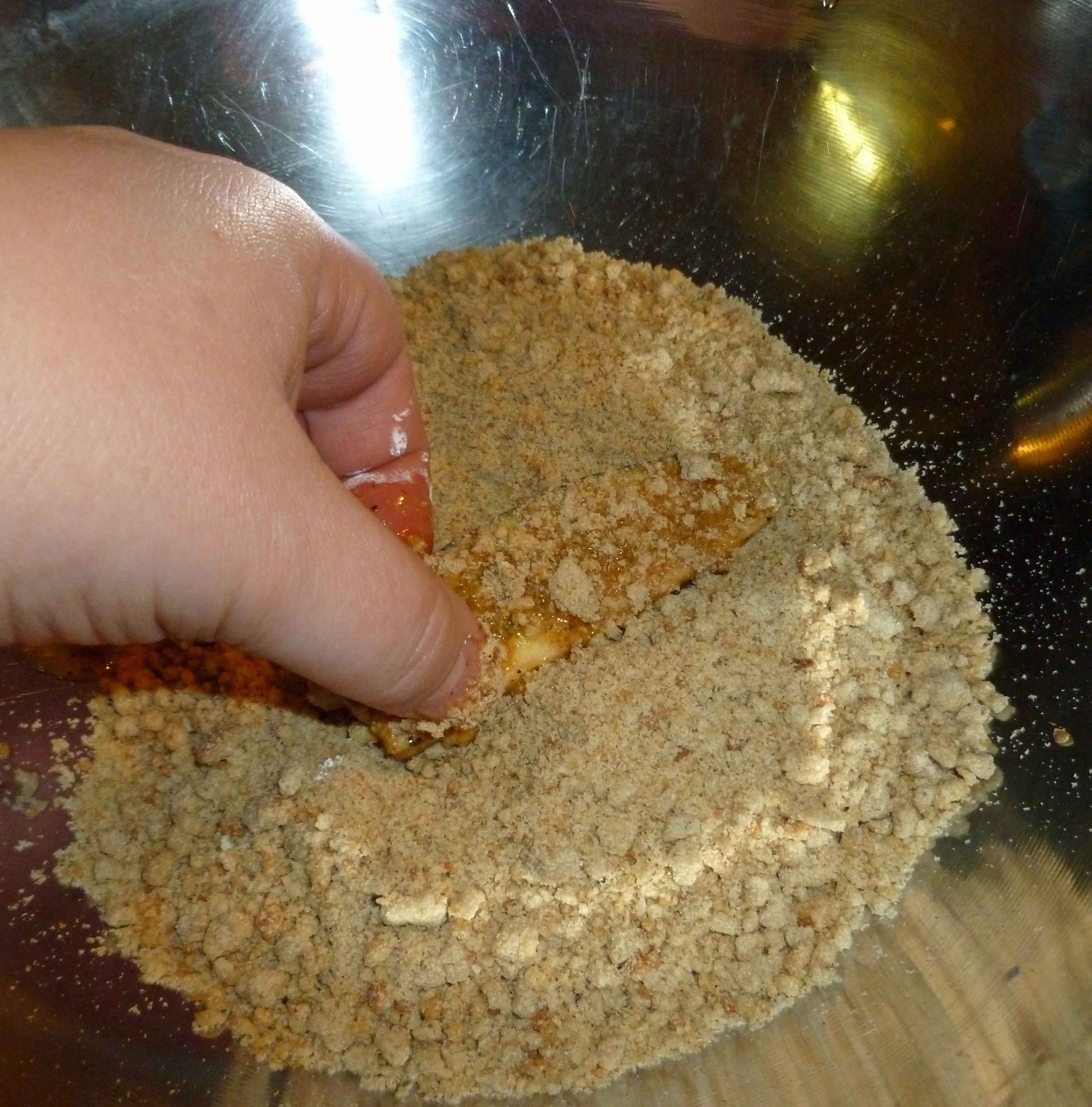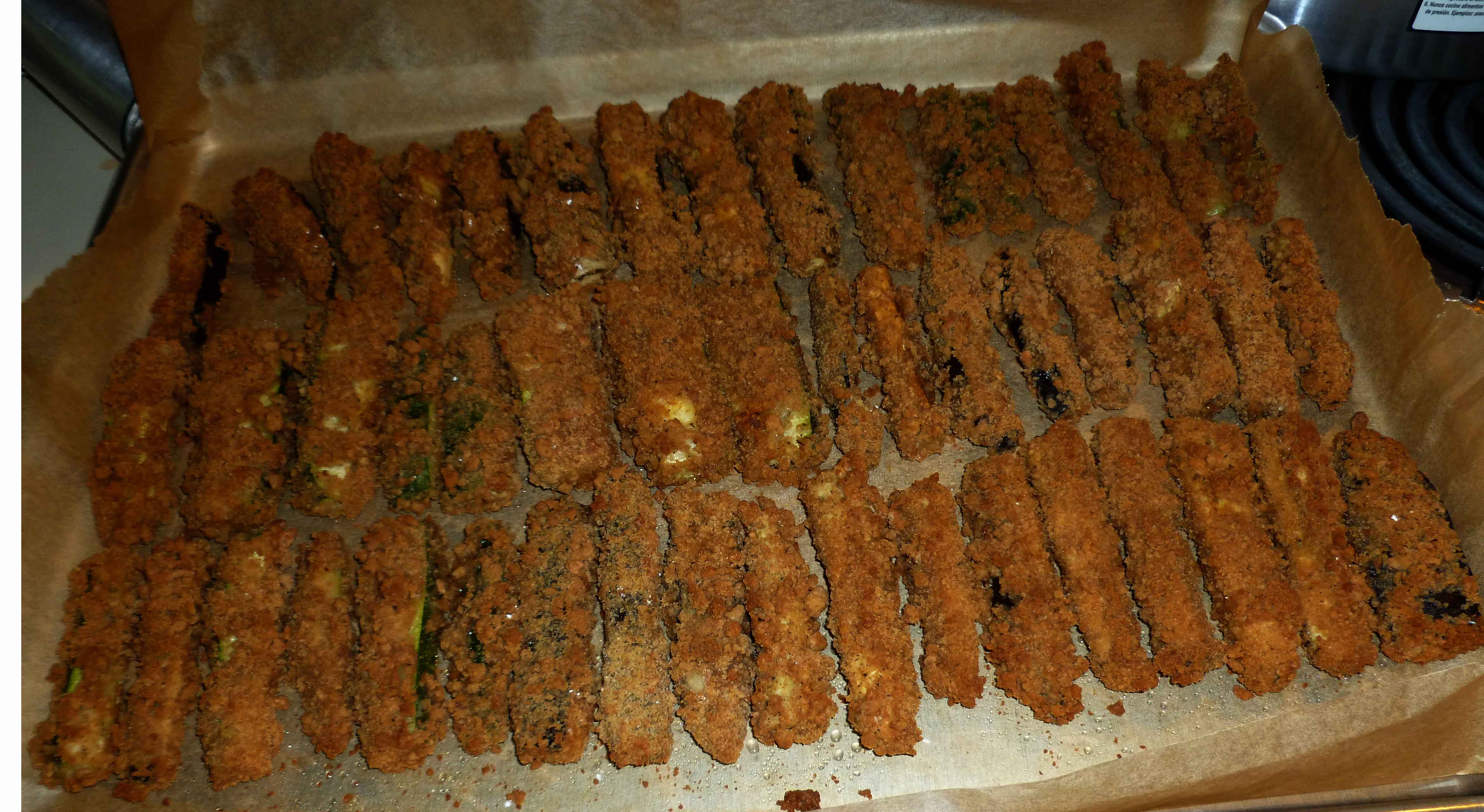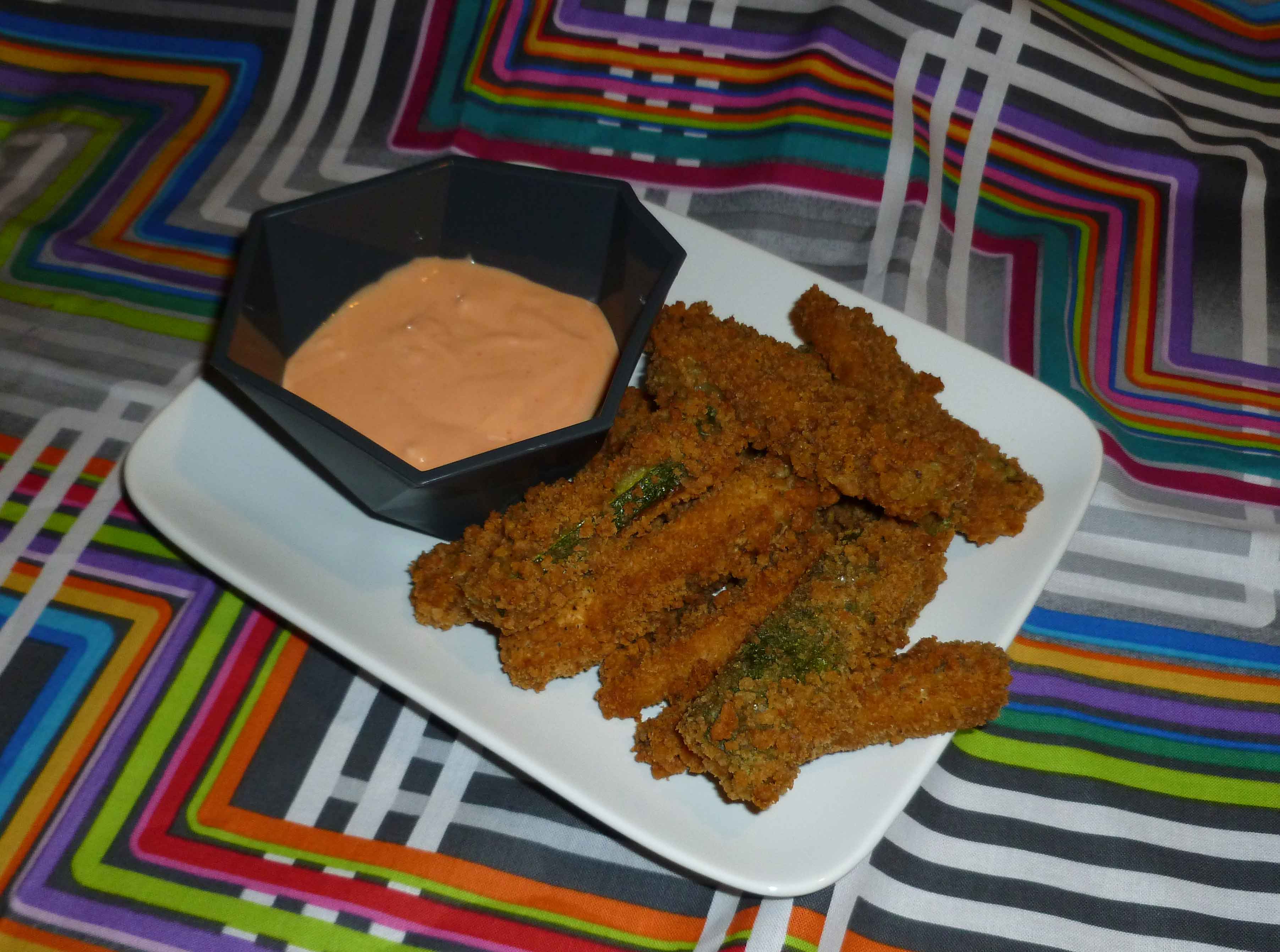
Indian food, I so miss Indian food. It’s so yummy, and there aren’t a lot of Indian places that would be safe for me between the dairy and coconut thing, even if the corn thing weren’t an issue. Once of my very favorite appetizers to get were Vegetable Samosas. I love them. It’s been a long, long time, so it was time to get around to trying to recreate a safe version. Now I really wanted them to have that egg roll/fried dough/pastry crust type consistency, but without gluten it’s really freaking hard to do. My attempts ended up either being like bad pie crust when I tried baking them, or they flaked apart in the oil when I tried deep frying them. So, not wanting to wait for eternity until I managed to cobble together a dough in the Goldilocks zone, I decided to try rice paper. I love Vietnamese fresh spring/summer rolls, so I have a ton of rice paper in the house. I knew you could fry rice paper wrapped spring rolls, although I’d never done it before, so I decided to just wing it. Apparently you don’t deep fry rice paper wrapped spring rolls. You ever want to see a spring roll bubble up like it has tumors, just deep fry one of these. After doing research on how you’re actually supposed to do it, they came out pretty good, other than being shaped like spring rolls instead of cone or triangle shaped like samosas. Let me know what you think.
Vegetable Samosas and Cilantro Dipping Sauce
Makes about 14, more or less.
Do the sauce first so that it’s all ready to go so that you can eat when you’re done frying.
Cilantro Dipping Sauce:
- 2 cups of tightly packed chopped cilantro
- 1 garlic clove
- 1 jalapeno pepper (use half a habanero if you want to kick things up a bit) de-stemmed, seeded, and minced
- 1/2 inch long piece of peeled ginger
- 1 teaspoon garam masala (I used Penzey’s version, but I’m sure there are a ton of recipes on the interwebs)
- 1 teaspoon olive oil
- 4 Tablespoons of lemon juice (or the juice of one lemon)
- 1/2 teaspoon of salt
Put all the ingredients in a blender or food processor. Blend until smooth. (Ta-dah! That was easy wasn’t it?) Put in a container and pop it in the refrigerator until you’re ready for it. (The picture below is all fancy, you get a lot more sauce than that.)

Samosas:
- 3 potatoes, washed, peeled, cubed, and boiled (like you’re making mashed potatoes)
- 1/2 cup green peas (or whatever other vegetable you’d like in it)
- 1 teaspoon of grated fresh ginger
- 1 clove of garlic, minced, or whatever it is when you put it through a garlic press
- 2 Tablespoons of fresh chopped cilantro
- 1 jalapeno pepper (or the other half of that habanero if you used it for the dipping sauce) de-stemmed, seeded, and minced
- 1 teaspoon of garam masala
- 1 teaspoon of salt
- 1/2 teaspoon of cumin seeds
- 2 Tablespoons of lemon juice (or the juice of half a lemon)
- Spring Roll Rice Paper Wrappers (Round 22cm) – the link is here so you can see what you’re looking for, but we’re not affiliated with Amazon in anyway. Also, any brand will do.
- safe for you oil to use for frying
Once you’ve got your potatoes washed, peeled, cubed, and boiled, you’re going to want to give them a fairly rough mash. You don’t want them smooth, lumpy is good.

Let them cool for a bit. In the meantime, get all your other ingredients (except the rice paper and oil) in a bowl large enough for the ingredients and the potatoes. When your potatoes have cooled a bit (you can stick them in the fridge to hurry that along), mix the potatoes with the other ingredients so that they are well combined.

Now to assemble your samosas. You’ll need a bowl of warm water (I use the water as hot as I can get it out of the tap) big enough for you to dip the rice paper in. You’ll also need a smooth clean surface to place your rice paper after moistening it. I used my dough rolling mat, but you can just use a plate if it’s big enough. Also, you’ll need a tray or sheet pan with some parchment paper or waxed paper on it to store your completed samosas until you’re ready to fry.
Dip your rice paper into the water, making sure that the entire surface is moistened.

Be careful that you don’t let the rice paper fold against itself, I’ve never been talented enough to get it back apart again, although I’m told it’s possible. Lay the rice paper out flat on your working surface.

Place some filling on your rice paper. I used about two tablespoons. You can use more or less depending on your preference, you’re just going to make more or less samosas.

Fold the two sides over the samosa filling, making it so that the sides angle in towards the top, making it somewhat triangular.

Fold the bottom edge up over the samosa filling.

Roll the filling over the rest of the rice paper, like you’re rolling up a sleeping bag, or a burrito, depending on your arbitrary cultural reference. The end should stick to the roll.

Repeat the process until you have lots of samosas ready to fry.

Now we need to prepare a place to stash our samosas once they’ve been fried. Cover another tray or sheet pan, with a couple layers of paper towels, and then place a cookie rack on it upside down so that the cookie rack is laying on the paper towels (more oil gets absorbed this way).
In a frying pan, pour enough oil that when you put a samosa in it, the oil will only go half way up the side of the samosa and does not cover the samosa. Less oil is better than more. Heat your oil over medium low to medium heat. Be very careful to space them out, because if they touch each other the rice paper will rip when you try to separate them, and then you’ll have filling in your oil, which will burn up into little dark bits and cover the outside of your samosas. Look at the pictures and then ask me how I know, haha.

Also, these are going to take so much longer than you imagine. I don’t know if its the rice paper or if it’s the moisture content in the potatoes, but expect to be frying for some time. Also, don’t go any higher than medium on the heat, otherwise you’ll get really big bubbles on your wrappers potentially causing holes and scorching. As you’re frying turn them occasionally with a pair of tongs to make sure they cook evenly. When the rice paper wrappers look like this, they’re done:

Yours will not have the little burned bits on the outside because you will be more careful about keeping them separated than I was, but if you do have little burned bits, they don’t affect the taste of your samosas. Although the rice paper wrapper is a different texture than a dough or pastry wrapper, they had a good bit of crunch and were yummy. Enjoy!


































